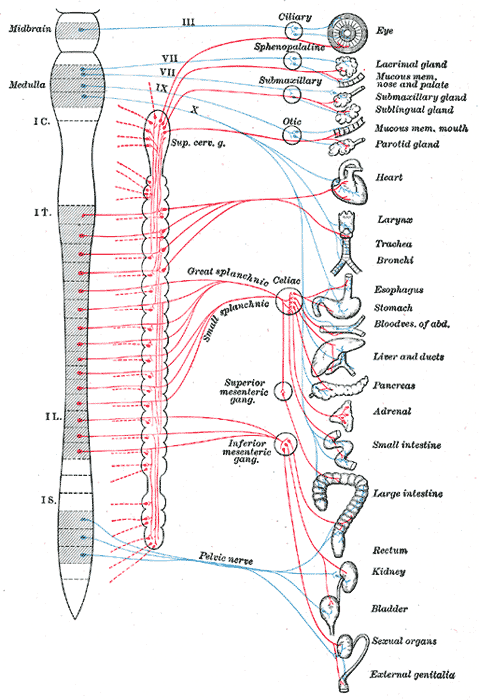Enhanced Recovery in Subacromial Pain Syndrome: The Benefits of Combining Myofascial Release with Supervised Exercise
A study from China investigated the benefits of combining myofascial release therapy with supervised exercise compared to supervised exercise alone in treating patients with subacromial pain syndrome, a common shoulder condition characterized by pain and limited mobility.
The study was conducted as an assessor-blinded randomized controlled trial at a Hospital, affiliated with the University. The participants were patients diagnosed with subacromial pain syndrome. A total of fifty participants were randomly divided into two groups: one group received only supervised exercise, while the other group received a combination of myofascial release therapy and supervised exercise. Each group consisted of 25 participants. Both treatment regimens were administered five times per week for four weeks.
The results indicated that while there were no significant differences between the groups for shoulder flexion range of motion and pain at rest, there were significant differences in other areas. Specifically, the group that received both myofascial release therapy and supervised exercise showed greater improvements in the Shoulder Pain and Disability Index scores, shoulder abduction and external rotation range of motion, and pain during activity compared to the group that received only supervised exercise.
Furthermore, the study revealed significant changes in the activation patterns of the upper trapezius and serratus anterior muscles. The group that received the combination of myofascial release therapy and supervised exercise experienced a decrease in the activation of the upper trapezius muscle and an increase in the activation of the serratus anterior muscle. This suggests an improvement in the balance between these two muscles, which is important for the proper functioning of the shoulder.
In conclusion, the study demonstrated that combining myofascial release therapy with supervised exercise for four weeks can lead to greater improvements in shoulder mobility, pain reduction, and functional activities in patients with subacromial pain syndrome compared to supervised exercise alone. Additionally, this combined approach helps to improve the balance and dynamics of the muscles around the scapula, contributing to better shoulder function. The findings suggest that incorporating myofascial release therapy into the treatment plan for patients with subacromial pain syndrome may provide significant additional benefits.

